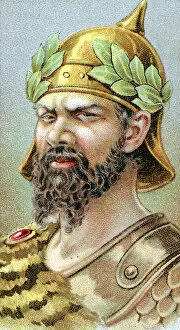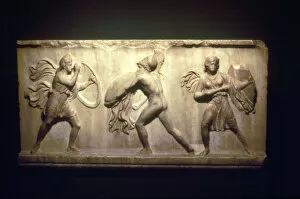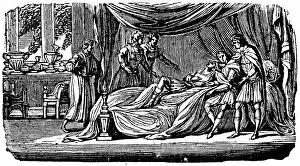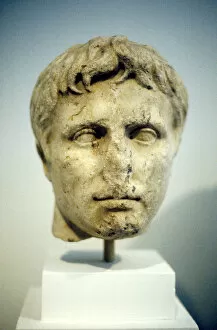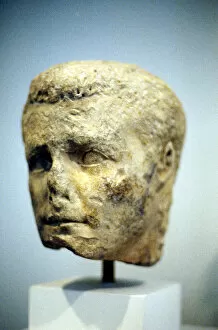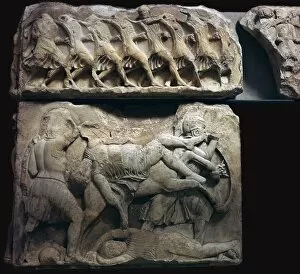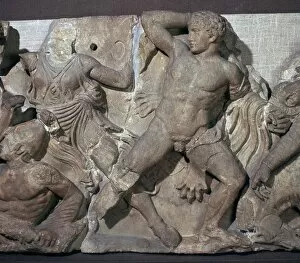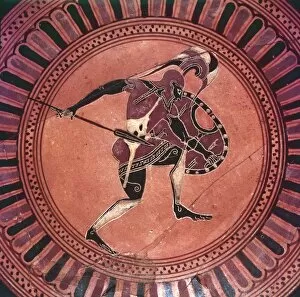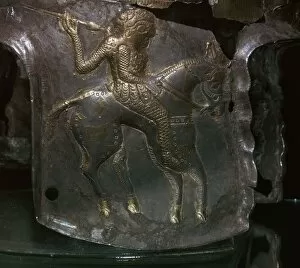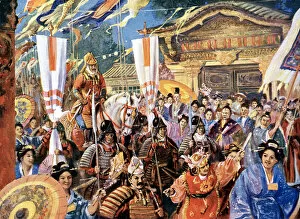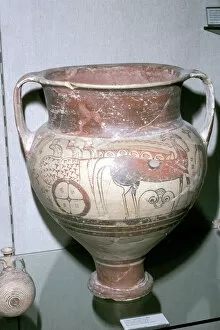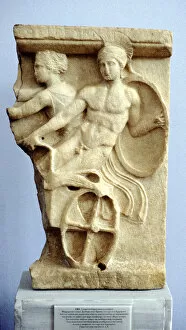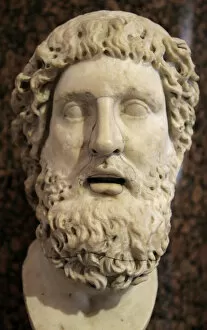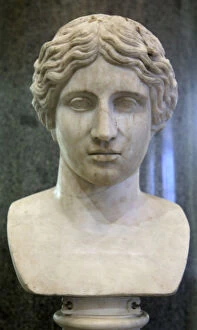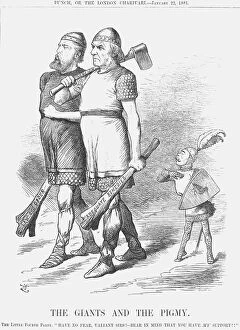Warrior Collection (page 100)
"Warrior: A Timeless Tapestry of Courage and Strength" In the realm of art, the concept of a warrior transcends time and borders, embodying valor and resilience
All Professionally Made to Order for Quick Shipping
"Warrior: A Timeless Tapestry of Courage and Strength" In the realm of art, the concept of a warrior transcends time and borders, embodying valor and resilience. From Sean Bean's portrayal in Derek Jarmans Caravaggio (1986) to Queen Boudica of the Iceni Tribe, their indomitable spirits echo through history. Gazing upon the majestic statue of Robert the Bruce at the Bruce Monument in Bannockburn, one can feel his unwavering determination that led Scotland to victory. Similarly, Sioux Chief Sitting Bull's portrait captures his fierce leadership amidst adversity. Traveling further back in time, an ancient Roman costume evokes images of disciplined legions marching into battle while a picture of Hindu goddess Durga showcases her divine strength against evil forces. The Assyrian king depicted in his chariot symbolizes power and dominance on ancient battlegrounds. Greek vase painting immortalizes Achilles and Patroclus' bond as warriors united by loyalty and love. Meanwhile, a Chukchi Warrior donning armor stands as a testament to endurance in harsh Arctic conditions. Breaking gender stereotypes is a Japanese warrior woman wielding a naginata with grace and skill. Pandemonium's chaotic brushstrokes on canvas depict war's tumultuous nature while scenes from Westminster Abbey pay homage to The Unknown Warrior - representing countless fallen heroes who sacrificed everything for peace. Across continents and centuries, these glimpses into humanity’s warrior spirit remind us that courage knows no boundaries or limitations. They inspire us to embrace our own inner warriors – resilient souls ready to face life’s battles head-on with unwavering bravery.

